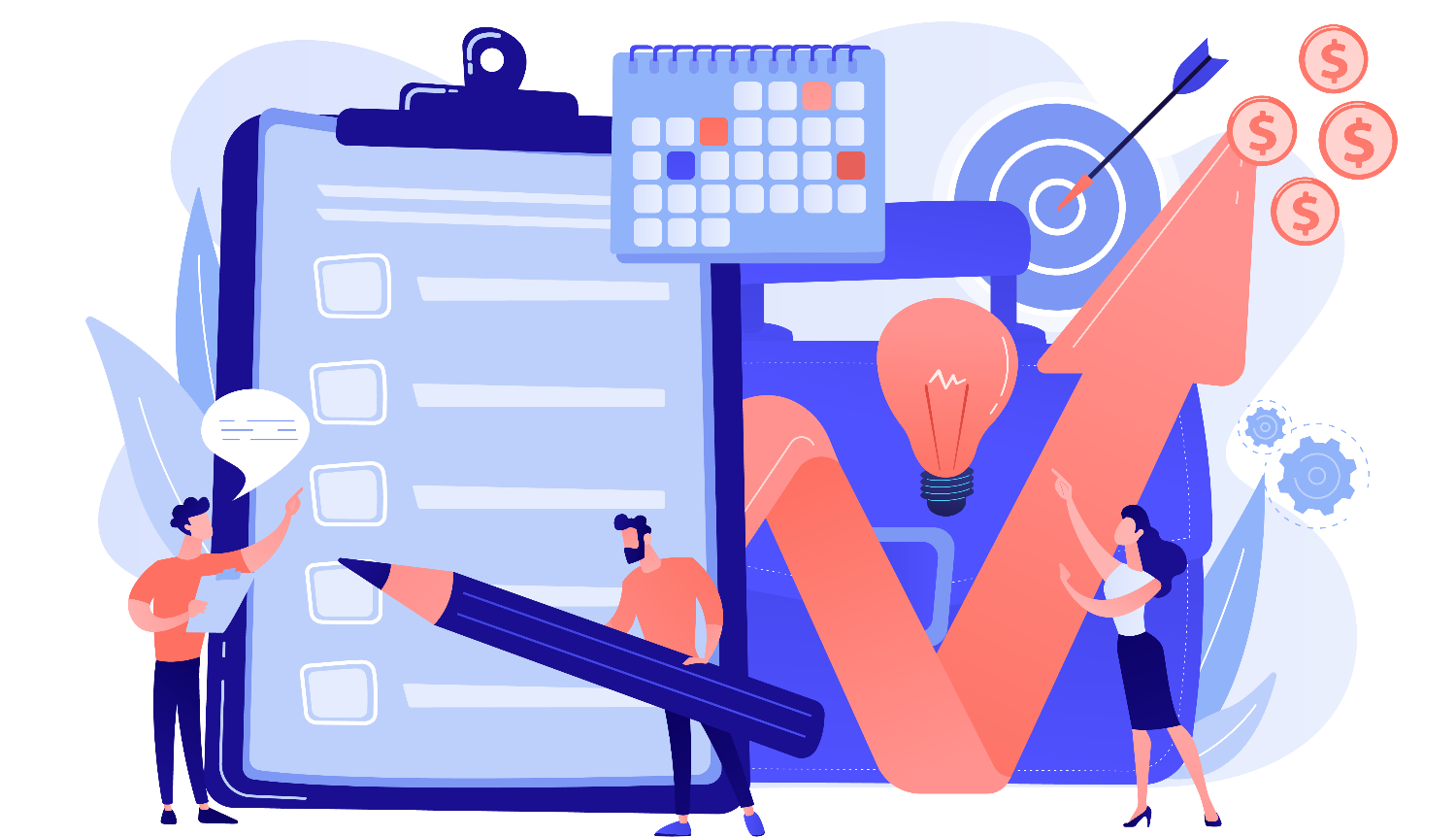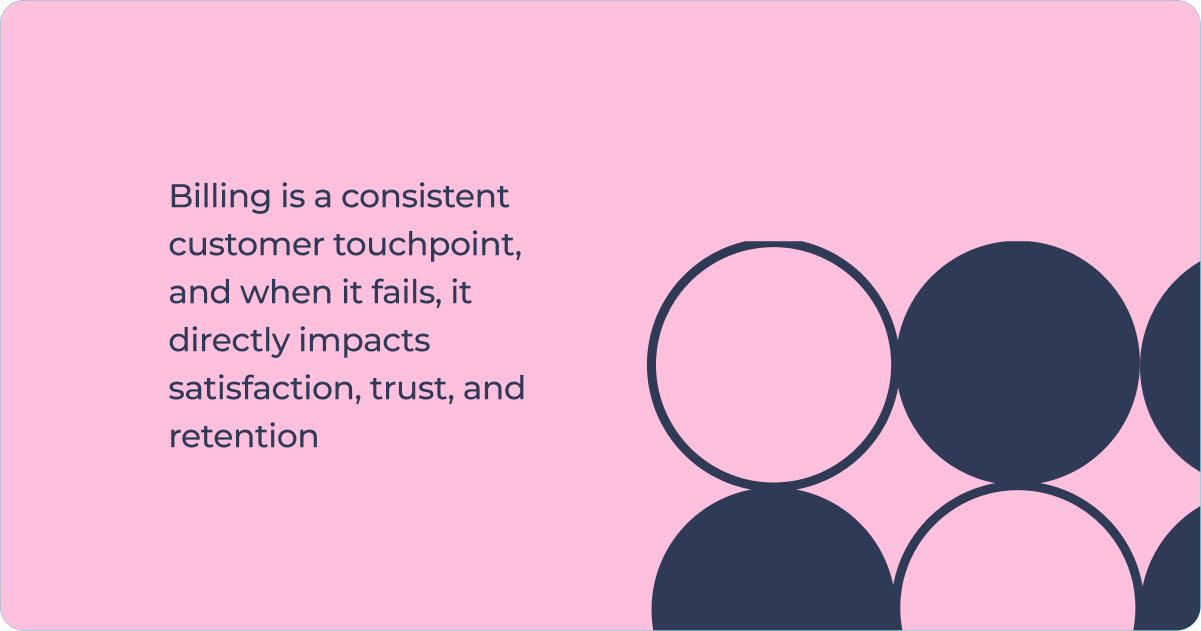(This blog has been updated in October 2025)
When dreaming of SaaS growth, you're not immediately thinking of your billing software. As it turns out, SaaS billing might just be the key to improving your ARR, MRR, and CLV.
Revenue leakage has been difficult to nail down for SaaS business, often driven by venture capital to focus solely on sales and growth. The closest number is the 1-5% that an EY analyst estimated almost five years ago, as quoted in this Forbes column.
In our experience, a sudden spurt in growth often results in the 5%-ish revenue leakage because the systems and processes have not scaled with revenue. SaaS billing software, too, are designed to handle only the familiar 'good-better-best' format of pricing.
Hidden Complexity in SaaS Billing
In SaaS business, especially with usage-based pricing, billing is more than just printing a regular invoice. SaaS-specific business issues need to be tackled.
Consumption pricing like pay-per-use requires insights and lots of data processing. Suddenly, your billing system needs to be flexible, accurate, and manage large volumes. And if that is not enough, it also needs to be adaptable, so that when new pricing models or new products and propositions come along, you can still bill it in the same system.
What Makes SaaS Billing so Difficult?
SaaS billing looks deceptively simple. You sell subscriptions, charge monthly, and collect payments. But beneath that calm surface is complexity, because SaaS isn’t just about selling a product; it’s about selling an outcome.
Here’s why it’s so notoriously hard.
Subscriptions Aren’t Static
Customers upgrade, downgrade, pause, resume, cancel mid-cycle, ask for refunds, or change currencies. Every one of those moves triggers billing logic that must stay accurate to the minute. The moment it isn’t, customer trust erodes. Automation is the key to being able to dynamically handle subscriptions. A good SaaS billing system should be able to account for the realities of the business
Usage-Based Pricing Adds a Layer of Chaos
Modern SaaS businesses no longer charge a flat fee. They meter usage by seats, storage, API calls, bandwidth, or tokens. That means the billing engine has to track consumption in real time, reconcile it with pricing models, and generate invoices that don’t make customers squint in confusion.
Revenue Recognition is Difficult Without Automated
Finance teams must comply with standards like ASC 606 or IFRS 15, which define when revenue can be recognized (not just billed). This means splitting and deferring revenue correctly across billing cycles, contracts, and upgrades. A single reporting error can throw off audits or investor confidence.
Integrations are Brittle & Business-Critical
Billing touches everything: CRM, product data, accounting, analytics, payment gateways, and tax engines. Each system has its own quirks and timing. Miss one sync, and you’ve either lost money or double-charged someone.
Global Compliance is a Moving Target
Tax laws, invoicing formats, and currency regulations vary wildly by country. VAT in the EU, reverse charges, and e-invoicing mandates. All of this has to be dynamically supported. SaaS businesses operating globally face a constant game of regulatory whack-a-mole.
Customers Expect Consumer-Grade Billing Experiences
B2B users now expect the same smooth, transparent billing they get from Netflix or Spotify. They want self-service portals, instant receipts, and predictable renewals. Yet most SaaS billing stacks were built on rigid, enterprise-era logic.
Billing in SaaS isn’t just accounting, it’s a core part of customer experience and business scalability.
Setting Up the Right Way
Needless to say, having your billing right from the start is a pre-requisite for SaaS growth. The alternative is manual repair work, with lots of room for errors. It will lead to revenue leaks and slow cash flow, while your team is spending time trying to keep customers happy. A good SaaS billing system has 3 things:
- Flexible contract management that can easily adapt your contracts and pricing
- An extensive and solid API integration that allows for indefinite data flows
- Ability to monitor SaaS metrics, performance, and growth plans in real-time.
Investing early in a good billing system will not just take a future headache away, but also give you those key insights into customer behavior that brings you further on your SaaS journey.



